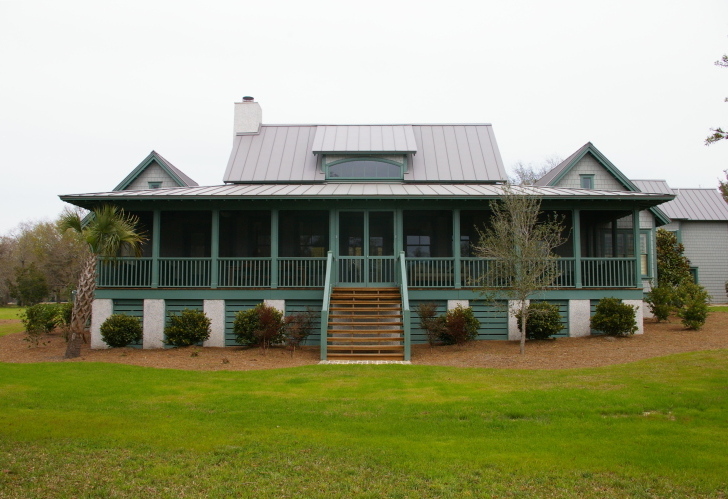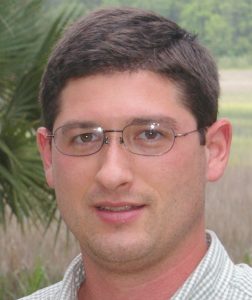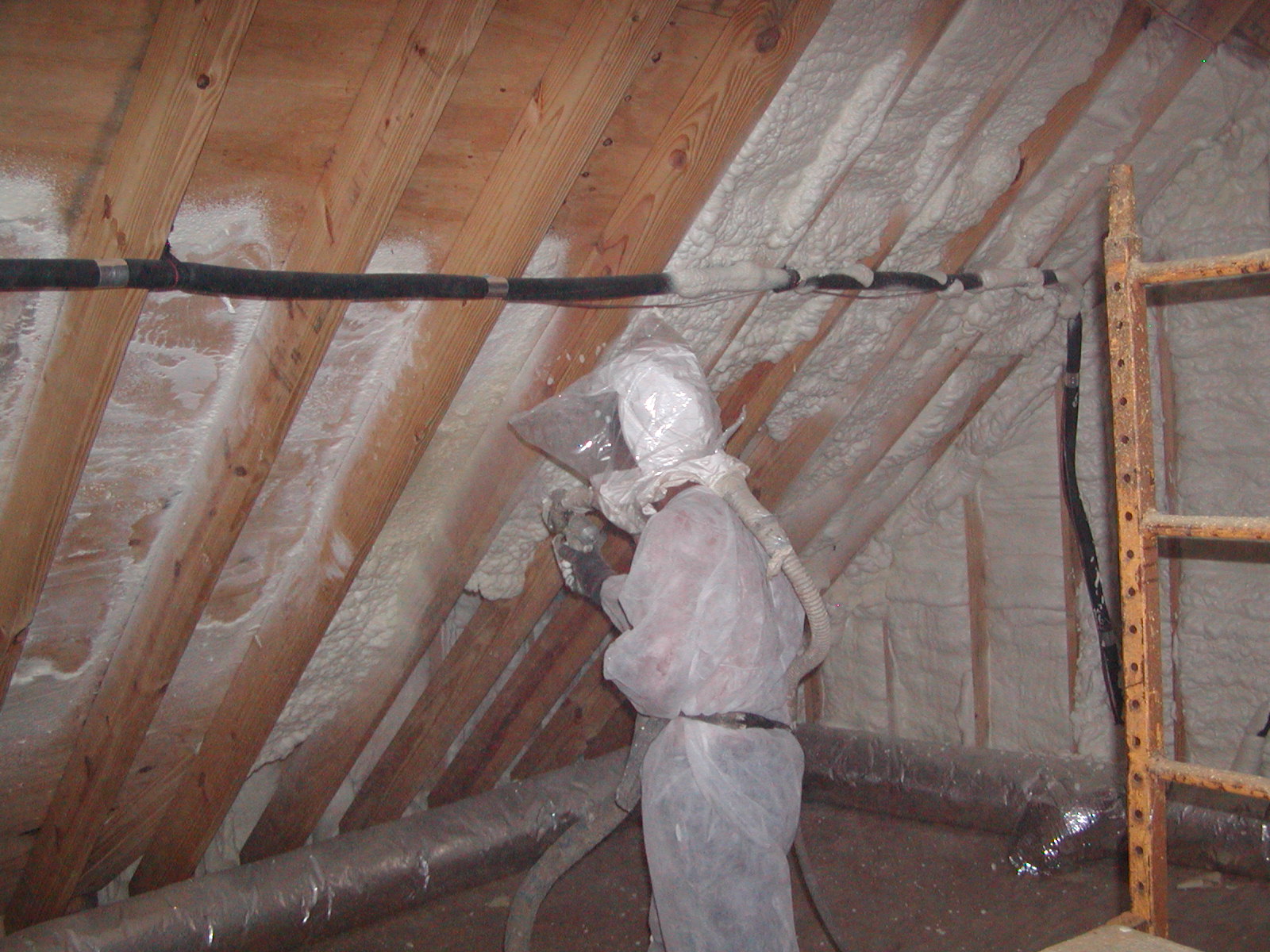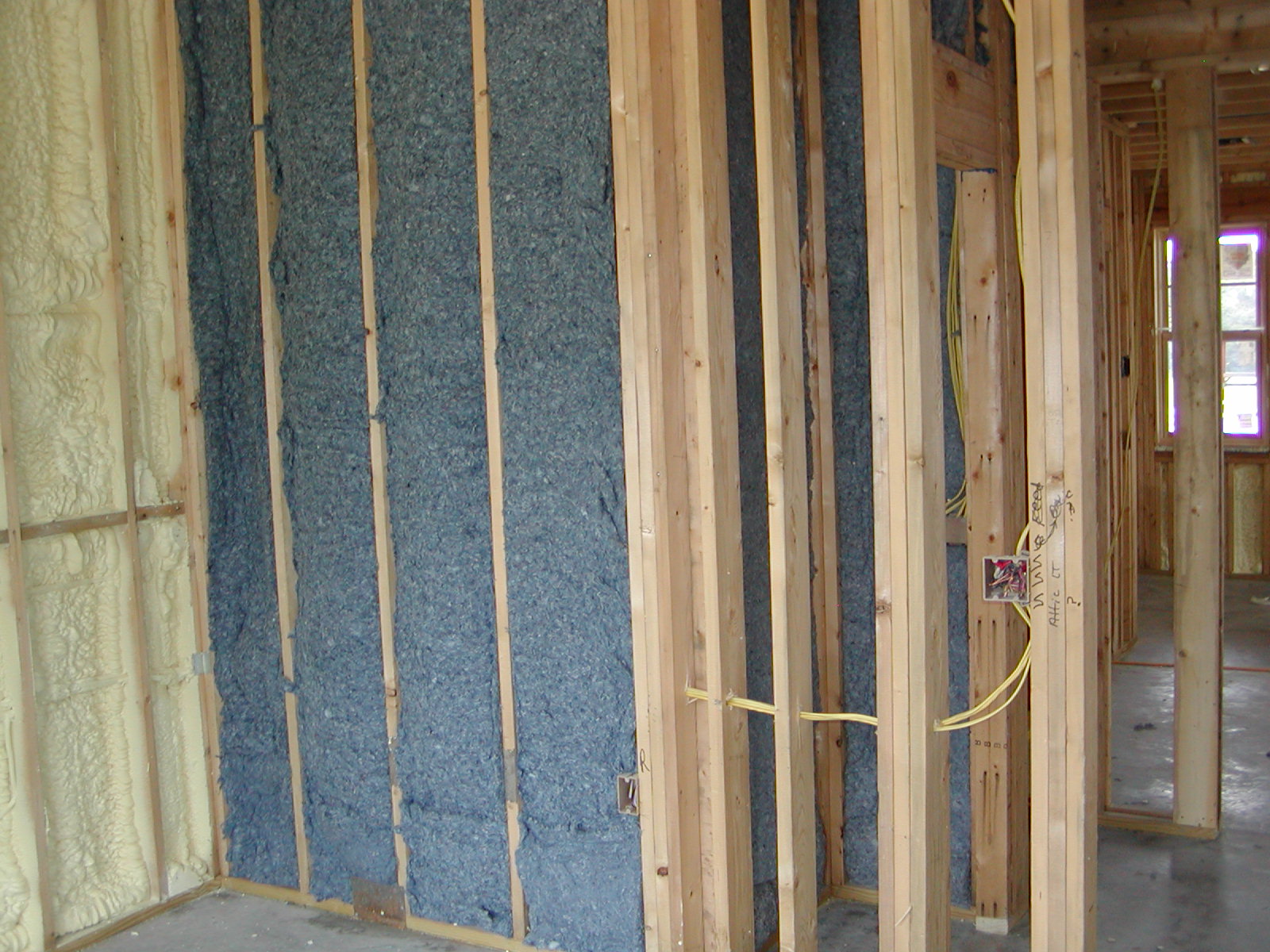20 Aug June 2009
Willis Sinclair Homes
Willis Ponds, President
“The Lowcountry’s Premier Custom Home Builder”

Personalized Full-Service Construction
Fixed Price and Cost Plus Contracts
Ponds & Sons, our previous company was:
#407 on the Inc. Magazine list of fastest growing private companies in 2008!
#18 on the Inc. Magazine list of fastest growing private construction companies in 2008!
24 Gabriel Road
Lodge, South Carolina 29082
843 846 2500
June 2009

Who is Bill Burdick?
Bill Burdick is a Professional Engineer (retired status) who was licensed in Florida. He practiced engineering for some 25 years. Bill & Willis are co-owners of Willis Sinclair Homes.
After a hitch in the Army during the Vietnam era, he returned to college and earned his BS degree in Electrical Engineering.
His forte was electronic circuit design. If you flew on commercial air carriers back in the 70s, 80s or 90s, your airplane very likely had some of Bill’s circuitry on it.
Later, he designed power supplies for Magnavox and Philips televisions. Millions of his circuits were built in the Tennessee and Mexico factories of Philips. Bill then moved into management and lead several international projects for Philips.
In the mid 90s, he moved back to his home state, Florida and worked for an inventor who was making electronic and laser hair removers.
In the past few years, Bill has been involved with a number of start up companies. He holds six United States Patents.
He understands the importance of doing things right from his factory days. When a television is going out the door every 20 seconds, it had better be right. That same philosophy carries over into home building. Of course the numbers are much smaller, but the value is much higher.
Bill and Kandy, his wife of over 40 years have 8 children, 5 in-laws and 23 grandchildren so far.
Mr. Burdick worked with Willis for close to 3 years at Ponds & Sons before they started their own company.
On his days off, Bill & Kandy are exploring South Carolina on their 24 year old BMW motorcycle (K100).
When you are ready to build, call (843 846 2500 office or 843 599 2290 mobile) or email Bill (bill@willissinclair.com). He can help.
From the desk
of Willis Ponds …

Well, it’s official: Willis Sinclair Homes is now up and running. We are excited to have our new company started and are very optimistic about our future. We have a lot to offer the custom home market and are anxious to prove it.
You may ask why we changed from our old business, Ponds & Sons? After all, Ponds & Sons had developed a solid reputation as a custom home builder and had even grown to achieve Inc.500 status in 2008! While Ponds & Sons did do well during the last five years, the current economy exposed weaknesses that could not be ignored.
After considering our options, I decided to start a new business from the ground up. Besides, I felt that we could use a face-lift anyway. Willis Sinclair Homes is better positioned to continue and improve on the exceptional service and quality that our clients have come to expect.
If you are thinking of building then please give us a call. Building perfect homes for our clients is very important to us and will spend whatever time necessary to give you exactly what you want. In the end we want you to be completely satisfied with our client services, our building process and, ultimately, your finished home. If you hire us to build your home you can rest assured that you will not be disappointed.
Willis Ponds
President
Willis Sinclair Homes
(843) 846-2500
Insulation
Before discussing insulation, it would be good to consider the purpose of using insulation. The purpose of insulation it to impede the flow of energy from one place to another.
The whole point of insulation is to slow (ideally stop, but in reality, slow) the flow of energy. Thermal energy (heat) is usually the form of energy that one considers when house insulation is discussed.
Thermal energy naturally flows from warmer areas to cooler areas. In the summer, hot outside air tries to flow to the (hopefully) cooler inside of a house. There are several ways for the thermal energy to move to cooler areas.
One way is infiltration, that is leaks and cracks in walls, around electrical outlets, around windows, etc. This also includes opening and closing doors. If a wall cavity has both an exterior electrical box and an interior electrical box, there is a potential for infiltration. The building code requires foam around window and door jambs to address this issue there.
In order to minimize heat flow through exterior walls, insulation is required. Air is a good insulator with one condition: it has to be in small areas. If the area is too big, such as inside a wall, there is room for convection. Air on the hot wall rises and air on the cool wall settles. The cool air then goes up the hot wall and is heated while the hot air goes down the cool wall and warms it.
Fiberglass insulation does nothing more than trap small cells of air. If air cannot flow, then heat is not transferred from the hot wall to the cold wall by air. Fiberglass is glass, however and glass is a fair conductor of heat. Since the glass is spun into small pieces, the amount of glass between the hot and cold walls is very small, so little heat gets transferred this way.
If fiberglass is packed into an area, it looses its effectiveness because there is more glass and less trapped air. Too much insulation is, surprisingly, not a good thing for this reason.
Another problem with fiberglass insulation is that of voids. If the outside walls have anything in them such as tie down rods, pipes, wires, electrical outlets or such things, it is very difficult to place the insulation behind and around the obstacles. Remember any large pockets of air constitute thermal leaks and reduce the effectiveness of the insulation.
If fiberglass insulation is perfectly installed and there are no items in the wall to displace insulation or cause voids, it has an “R” value of about 3¾ per inch of thickness. The higher the “R” value, the better thermal impedance. “R” stands for resistance to heat flow.
A typical 2 x 4 wall with perfect fiberglass insulation has an R rating of 13. A 2 x 6 wall has an R rating of 19 – almost a 50% improvement over a 2 x 4 wall. That is just one of the reasons we use 2 x 6 walls.
As noted, perfectly installed fiberglass insulation is very difficult to achieve. For this reason spray in-foam insulation is preferred for the greatest efficiency. There are two basic types of spray in foam insulation: open cell and closed cell. First, we will consider open cell foam.
Open cell spray in foam insulation is a good alternative to fiberglass. However, an immediate downside of spray in foam is the cost. It is about three times the cost of fiberglass insulation. The insulation rating is about the same as (perfectly installed) fiberglass insulation.
The question then should be, “Why do people use spray in foam insulation if it costs more and it insulates the same?” There are several answers. The most important is that perfectly installed fiberglass insulation is rare, so the “R-13” fiberglass is not really R-13. Spray in foam, however, will flow behind and around wires, tie down rods, electrical boxes and other items in the wall.
Any cracks or paths of infiltration which would not be addressed with fiberglass are sealed with spray in foam.
Typically, we use open cell foam in the roof and walls of homes.

Open cell foam insulation being sprayed on the roof sheathing.
Note that we use open cell foam in the roof and not the ceiling. This keeps the attic space closer to the interior temperature of the home and lessens humidity. If air conditioners or other equipment is in the attic, they are much more efficient due to the moderate temperature and humidity.
One draw back to using any spray in foam in the roof is it masks the location of any leaks. If a roof leaks water will usually be stopped by the foam and will run down to the bottom before coming out. This makes leaks more difficult to find but it does lessen the risk of interior water damage.
The second type of spray-in-foam insulation to consider is closed cell. Closed cell foam is much more rigid than open cell and it has an R value that is twice that of open cell foam. However, it also costs twice as much than open cell per ‘R’.
One significant benefit to closed cell foam is it is impervious to water. For this reason we try to always use closed cell foam under first floors of homes we build on a crawl space. Close cell foam also acts as a glue by structurally bonding plywood sheathing to the studs or rafters and increasing the building’s integrity.
Although the initial cost of spray in foam is more, when you consider the price of a home, it is not too much more. With energy costs constantly rising, it does not take long for spray in foam to pay for itself.
Normally, a discussion of insulation would end here. However, we at Willis Sinclair are also concerned with noise pollution and dampening. As a standard, we include sound insulation around all bedrooms and bathrooms.
Fiberglass insulation is used for sound insulation normally, although we sometimes use insulation made of old blue jeans material. This material provides more sound insulation than fiberglass insulation, but it also costs more.

“Blue jean” sound (blue) insulation and spray in foam (white) insulation.
Sound insulation does not provide significant energy savings, but it does contribute to a quiet house which many people appreciate.
Call us or email us. We are always glad to help.
Call 843 846 2500
info@willissinclair.com





No Comments